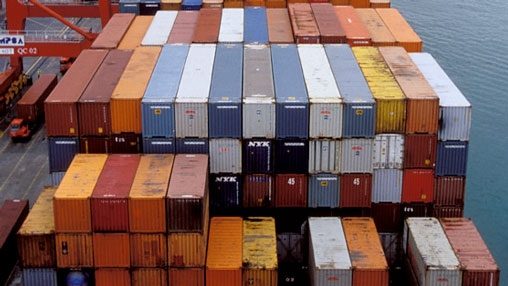The 1980s and 90s were not easy for Central America. However, the new millennium has brought a new beginning led by trade activities, especially intra-regional trade.
Central America is a small market: with almost 43 million inhabitants (0.6% of the global population), it only accounts for 0.25% of global GDP. Nevertheless, in the past ten years Central American countries have been more open to trade than other countries with the same level of income.
Historically, the United States has been the main recipient of Central American agricultural products, textiles and manufactures, accounting for some 32% of its exports. This position was solidified after the CAFTA-RD free trade agreement was signed in 2005. It will expand further once the Association Agreement with the European Union — the third largest market for the region, accounting for 9% of its exports — comes into effect.
Still, one of the most important markets for Central America, is the region itself. The Central American Common Market represents the second largest trade partner for most countries in the region, accounting for 26.2% of all exports, despite logistical bottlenecks and problems related to overland transportation. The strength of this regional integration means that Central America occupies the fourth place among trade blocks — above Mercosur and the Andean Community of Nations (CAN) — in terms of intra-regional export share.
According to the Central American Economic Integration Secretariat (SIECA), despite a negative trade balance, exports as a whole have grown more than 11% in the last decade, even after the 2008-2009 setbacks caused by a crisis that particularly affected the US economy are taken into account. The recovery was immediate and in 2011 exports grew by 16% on average compared to 2009.
A World Bank analysis suggests that Central America presents a level of openness to trade that is close to what is expected given its economic development, however it also warns that imports continue to be the main element of exchange with other countries.
“In this context, analyzing the competitiveness of the export sector is important to better understand its performance and constraints and to suggest policy options aimed at ensuring that international trade is an engine of economic growth and that the benefits of international trade translate into welfare gains for the people of Central America, including those living in poverty,” says the report Unlocking Central America´s Export Potential.
This is made all the more relevant by the fact that there are other markets waiting to be tapped in South America, Mexico and particularly among the BRICs (Brazil, Russia, India and China), which have become the growth engine for the global economy.
In this sense, the report suggests policy options aimed at establishing “stable and preferential rules of market access via comprehensive trade agreements with key partners to help export diversification.”

